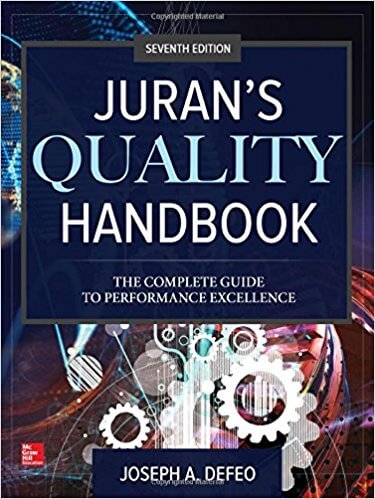 ISO standards are reviewed every five years to ensure continued relevance to the market. As such, we now have the latest ISO 9001: 2015 Standard released around September 2015.
ISO standards are reviewed every five years to ensure continued relevance to the market. As such, we now have the latest ISO 9001: 2015 Standard released around September 2015.This standard has several improvements to address optimization of the Quality Management System. These improvements include:
- The term “product” now reads “product and services” to ensure applicability to service entities
- Risk-based thinking is now more implicit than previous editions, and to conform to the requirements of this International Standard, an organization needs to plan and implement actions to address risks and opportunities
- Organizations must now specifically determine the inputs required and the outputs expected from processes as well as determine the sequence and interaction of these processes
- Requirements for “top management” commitment and demonstration of support to the Quality Management System are defined in more explicit detail
- There is greater flexibility in documentation as the latest standard revision replaces the terms “documents” and records” with “documented information”
- “Interested parties” is now introduced to include owners, customers, partners, suppliers, regulators, etc.
Organizations take varying approaches to addressing the latest standard requirements. Unfortunately many address the revisions in a “shotgun” tactical approach with little planning and structure. They are not doing a detailed gap analysis of their current QMS to the latest requirements. They then put together a proactive plan to address the gaps. Typically a reactive approach as opposed to a proactive approach to system review and improvement is undertaken.
 (Interested in all things quality? Grab our newest Quality Handbook today!)
(Interested in all things quality? Grab our newest Quality Handbook today!)
We recommend a more strategic approach to developing, implementing and improving your Quality Management System. Taking the time to complete a full Quality Management System review of current policies, procedures, instructions, standard work, and management reviews to the latest standard requirements, and documenting this in a “gap analysis” will allow for better streamlining the Quality Management System. The gap analysis should generally include:
- The ISO 9001: 2015 element
- The requirement
- Current Quality Management System documented requirements
- Gap
- Plan to address gaps
- Responsible party
- Estimated completion date
In addition, the organization should actively review and address (remove as needed) any outdated Quality Management System documentation and stated requirements that are no longer needed as this can dramatically streamline the system. We have seen organizations that eliminate as much as 50% or more old documents, procedures, inspections, tests, etc. that are no longer required and only inhibit an effective and efficient Quality Management System.
Taking this type of strategic approach to enhancing your Quality Management System will save time and money as well as your sanity.






